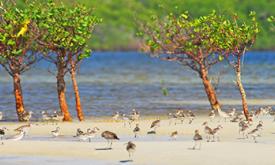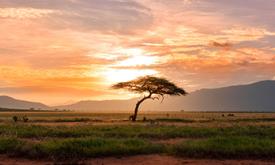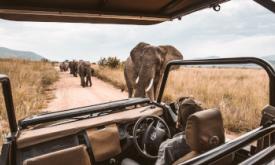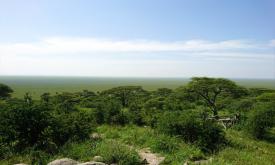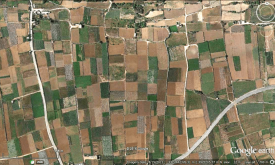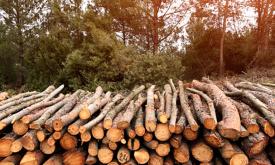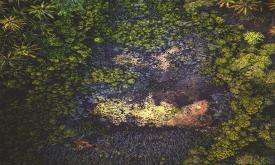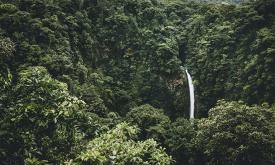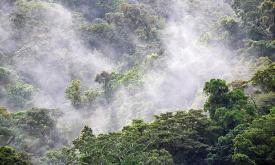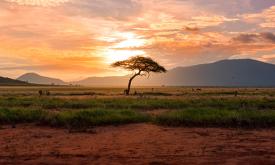Biodiversity & Forest
Objectives:
- The regional Centres of Excellence (RCoEs) become a reference point for updated information, able to influence policy decisions in the respective regions on forestry and biodiversity, contributing to the regional and global agendas.
- Cross-sectoral and cross-regional coordination and strategic steering of RCoEs will be improved to address the Science, Technology and Innovations challenges related to Africa green transition.
Location: Eastern Africa, Western Africa, Central Africa, Southern Africa
Duration: 54 months (Central Africa); 48 months (Eastern Africa); 48 months (Western Africa)
Budget: €7 million (Central Africa); €6 million (Eastern Africa); €8 million (Western Africa)
Lead Organisation: CIFOR-ICRAF
JRC Thematic Unit
Regional Centres of Excellence:
Eastern and Southern African Regional Centre for Mapping Resources for Development (RCMRD)
Western Africa: Centre de Suivi Ecologique (CSE)
Central Africa: Observatoire des forets d’Afrique Centrale (OFAC):
Available Resources

